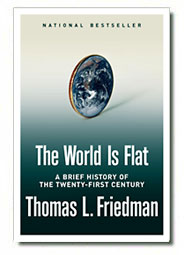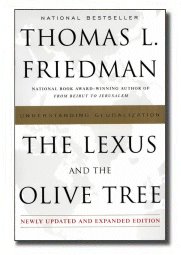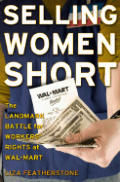Let us look at the definitions of market value and the book value.
Book Value = Assets – Liabilities
The market value is the perception, the gut feeling, the herd
mentality all rolled into one. While the former is more or less
stable, the latter is seeing turbulent times like never before. The
BSE SENSEX closed at over 9100 today. Which way are we going? Is this
another bubble waiting to burst, or is it an indicator of the GDP
growth that we are so gladly boasting of?
This post is not related to the rising sentiments, but something I
learnt about how the market values and book values of companies are
diverging. An article on Businessworld informed me that while the
share price of Infosys was pegged at around Rs 2650, its book value
was a mere Rs 192. Now this implies that some 93% are represented by
the intangibles!
This might be true with a software company, where knowledge as an
asset is not valued in the conventional terms. So as the price of
knowledge rises, so does the real value. A proper valuation of a
company like Infosys would give a totally different result.
Interestingly, an analysis S&P index of the US listed corporations
reveals that intangibles (market value – book value) have risen from
20% in 1980 to some 85% in 2000. this was possibly due to increased
emphasis on a service oriented economy.
India does not have a manufacturing legacy to boast of, and is now
going head over heals to tap the PPP difference between itself and the
west. The industry is getting more and more service oriented, and
these sectors are the ones that are attracting the best brains and
best growth patterns. Now that the proportion of intangibles is rising
should come at no surprise.
The author goes on to say that while capital management is looked at
as a way to bring in profitability for the company, the intellectual
capital (the intangibles) is often ignored.
The traditional systems are not effective in measuring intellectual
capital (IC). The valuation of these is a subjective affair. The
control of IC also gets difficult, especially in an industry infested
with high attrition rates.
But IC can be measured, and an IC rating is currently a matter of a
more elaborate discussion.









